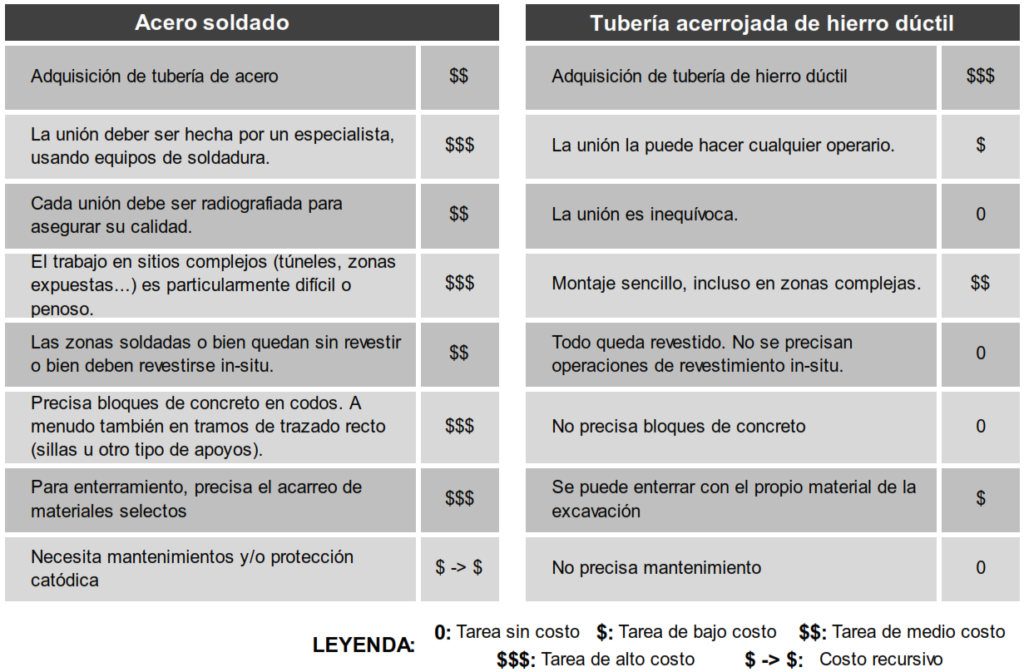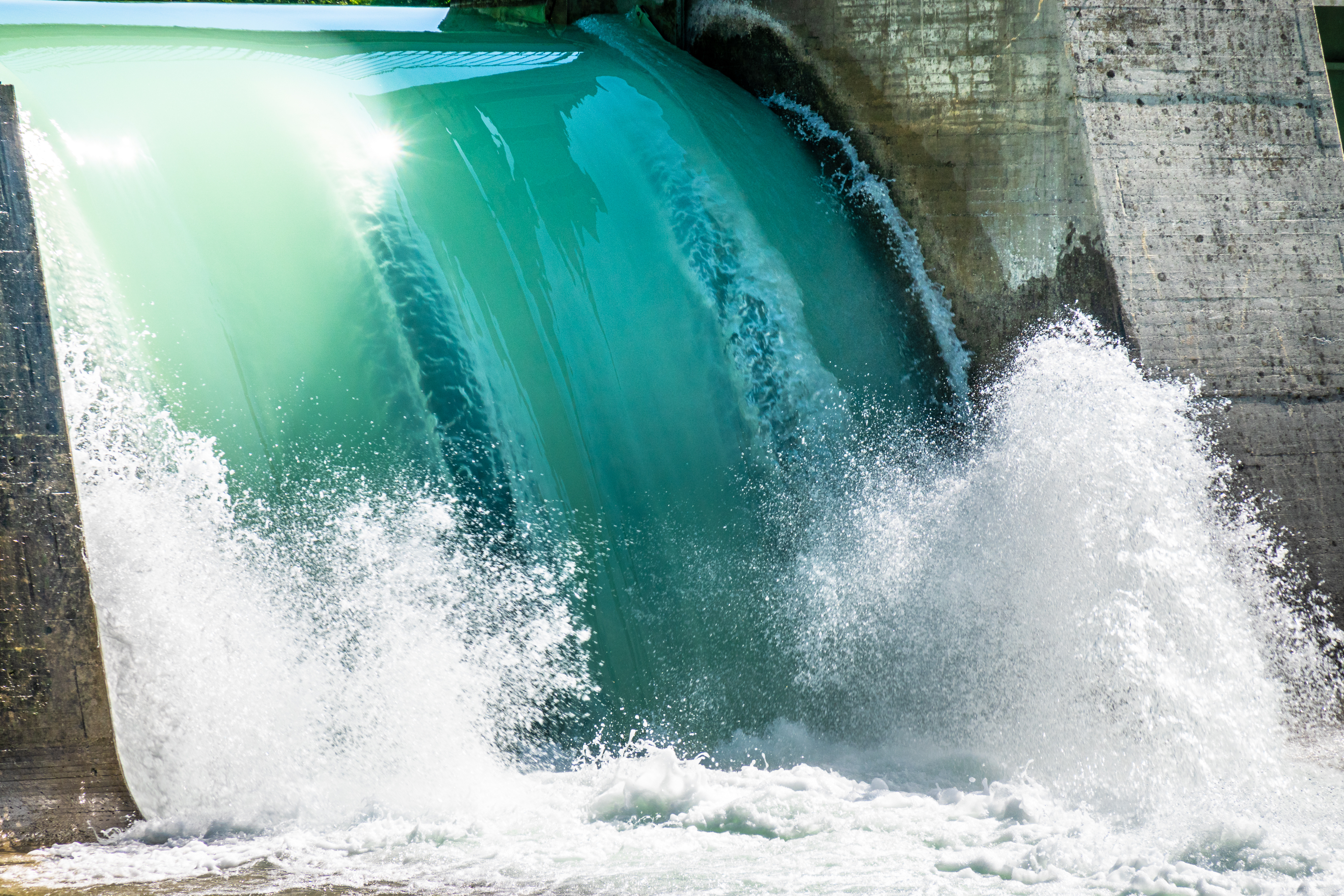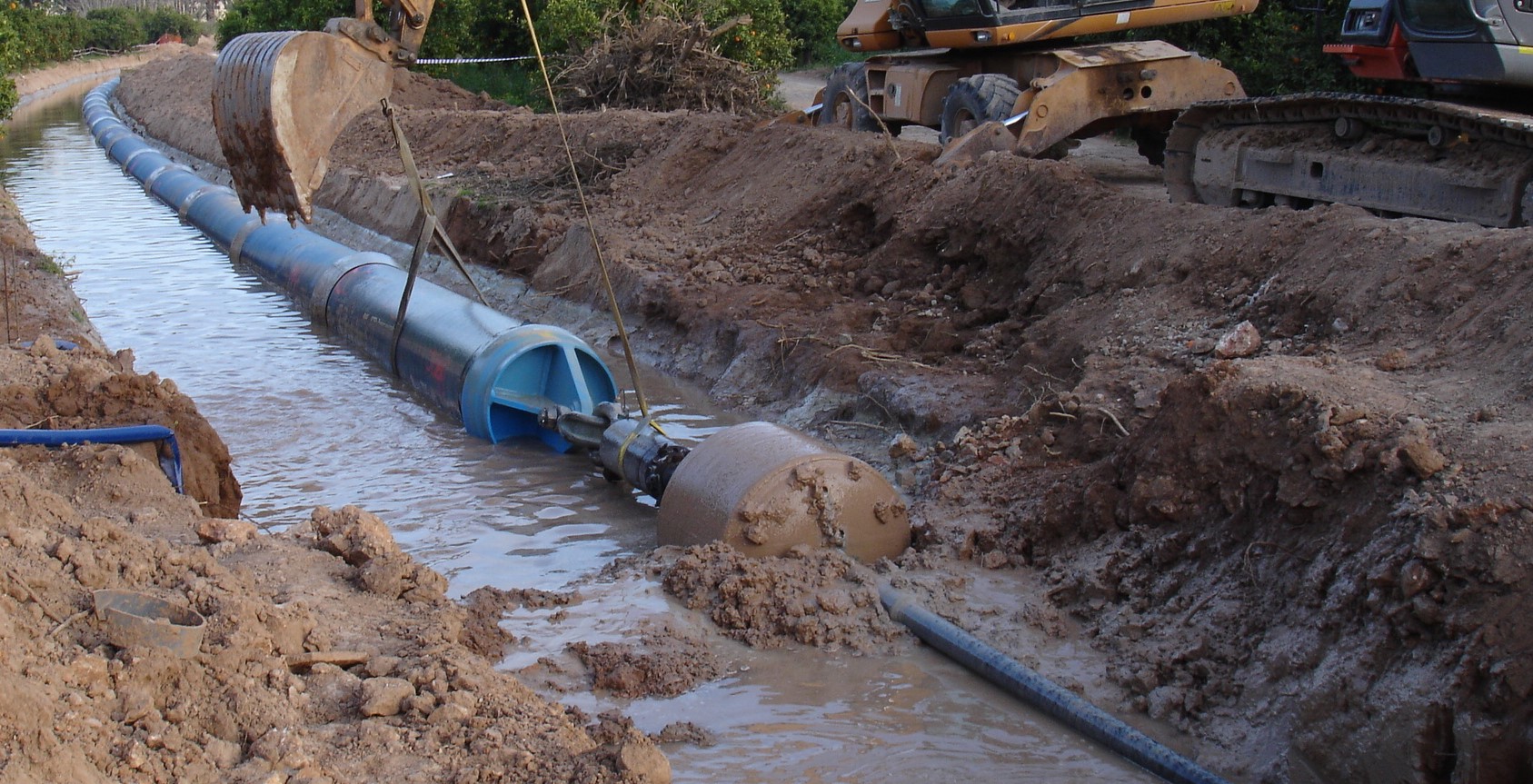Ductile Cast Iron vs Steel
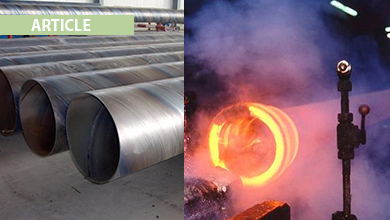
Ductile iron casting has a very important advantage over steel: it is moldable.
Blast furnaces produce heavy steel ingots as a final result. These ingots are worked cold or hot (hot means white red, but without remelting the steel), by mechanical means, such as rolling and stamping. Through this procedure it is very expensive to get complex shapes with steel, but it is easy to get plates, beams, wire, etc., which are generally the final products of steel.
However, the castings are so fluid that it is possible to fill molds with the liquid iron itself, making it possible to easily achieve complex shapes. Not surprisingly, even in steel pipe installations, valves or other elements (which are complex shaped bodies) are made of gray cast iron or ductile cast iron.

IMAGEN IZQUIERDA: Proceso de laminación en caliente de acero. | IMAGEN DERECHA: vertido de una colada líquida de fundición en un molde.
Competitive Material Advantages: Ductile Iron Casting vs. Steel
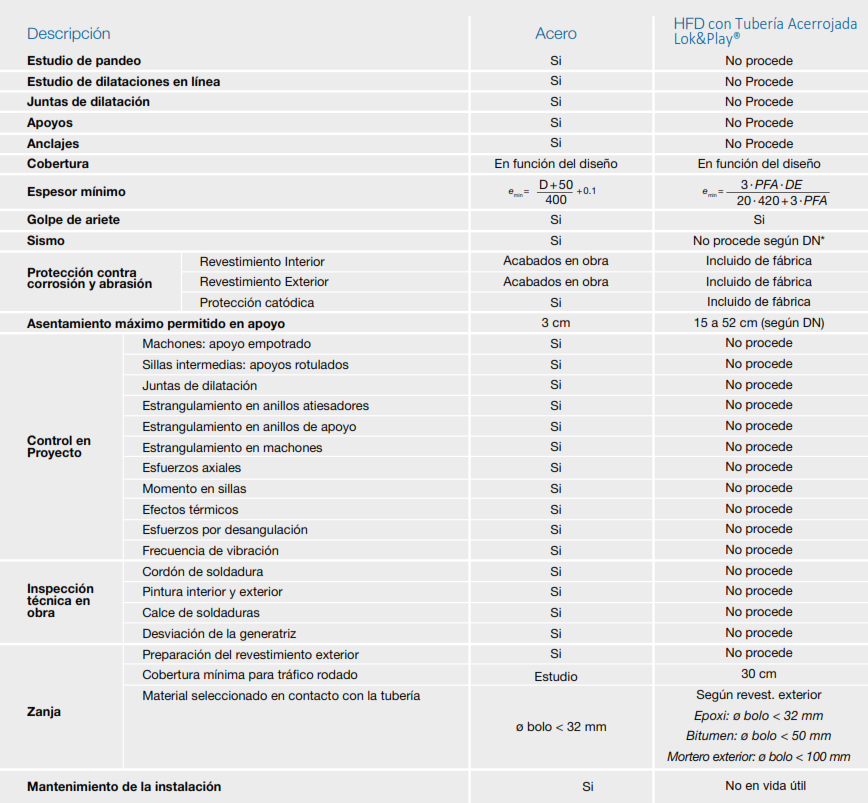
In particular, for the manufacture of the pipe, steel plates are used in steel that are rolled and welded (either longitudinally or helically) to achieve a cylinder. On the other hand, with casting the liquid casting is centrifuged inside a mold that has the shape of the bell and of the system’s own spigot, which gives the ends their characteristic shape and which allows seamless joints to be made. The cast tube is cast in one piece, and therefore has no weld joint.

IMAGEN IZQUIERDA: Un tubo de acero con soldadura helicoidal, hecho de una chapa de acero. | IMAGEN DERECHA: Un tubo de fundición dúctil (campana en primer plano), de una sola pieza
Benefits and advantages applied to ductile iron cast pipe
- The resistance of cast iron or ductile iron admits very high pressures.
- Very high laying performance, minimizing the risk of pipe damage during installation.
- Impact resistant: Great adaptation to earth movements and unstable terrain.
- Bigger inner diameter = Bigger hydraulic capacity
- Allows installation with or without trench
Comparison of installation costs: Welded steel vs Lok & Play® locked pipe
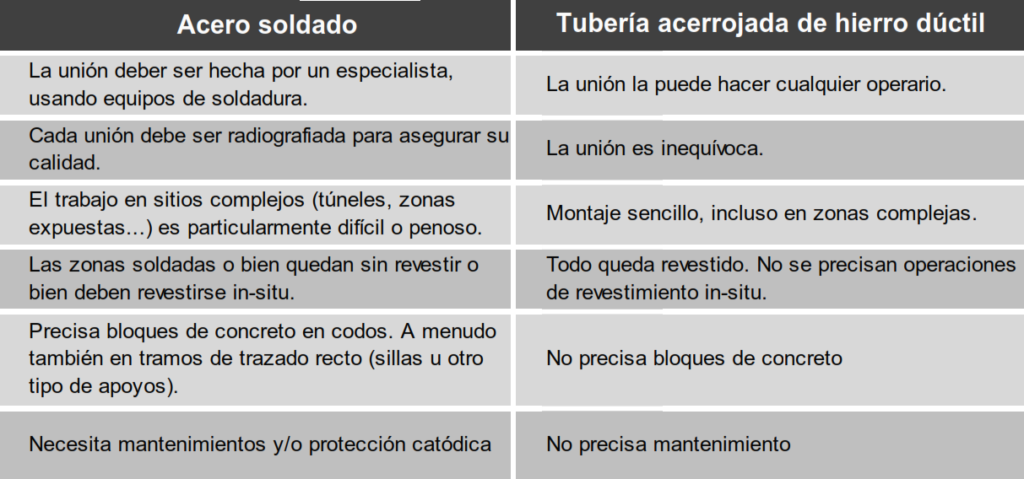
Comparison of installation costs: Welded steel vs Lok & Play® locked pipe
